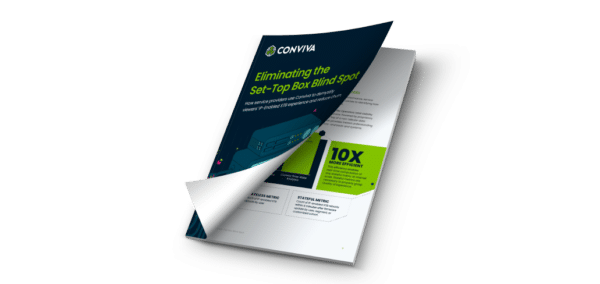
Although the quality of streaming video may be improving at a modest pace, it’s not improving nearly fast enough for the majority of video viewers.
In a new study on the state of video streaming released Monday, Conviva Inc. reported that consumers are notably less tolerant of video buffering delays and other playback problems than they were just two years ago. In one sign of this growing intolerance, the study found that the amount of time lost from a viewing session with a 1% increase in buffering more than doubled from three minutes in 2011 to eight minutes in 2013. This indicates that viewers switched away from videos with buffering issues a lot sooner than before.
In another sign of growing consumer impatience with poor video streaming delivery quality, the Conviva study found that viewers particularly bolt if they experience playback problems while watching live sports, entertainment, or other live action events in HD. The average viewing time of live action programming in HD plunged from 40 minutes to just one minute when users ran into buffering delays.
Such delivery quality problems will likely make it tougher for service providers to attract and retain subscribers for their multiscreen video offerings. “In those instances, one bad viewing experience on a single device puts all screens at risk,” said Colin Dixon, founder and chief analyst of nScreen Media, in a prepared statement. “Continuity of quality across screens is very important.”
While streaming video delivery quality is not improving as quickly as consumers want or expect, it is steadily improving, according to Conviva. Its latest global study of 45 billion video streams sent across more than 1.6 billion playback devices found that video buffering actually fell from 39.3% in 2012 to 26.9% last year.
In another sign of improvement, Conviva found that low-resolution delivery of video streams dropped to 43.3% last year from a whopping 63% in 2012. But, even with that improvement, “more than two in five views were grossly inferior video quality, ” the firm said.
The increasing emphasis on streaming video quality comes as more consumers are clearly watching more video on more devices. In a corresponding survey of streaming households, Conviva found that the number of concurrent streaming devices in use increased by 28% from 2012 to 2013. This finding corroborates recent research from other organizations. (See Nielsen: Multiscreen Viewing Taking Off.)
Further, Conviva’s data shows that different video playback devices are preferred by consumers at different times of the day. In the 6 a.m. to 10 a.m. period, mobile devices emerge as the favorite, accounting for 6.9% of all video streamed daily. PCs take over in the afternoon slot from noon to 4 p.m., accounting for 16.3% of all daily video streams. Then, as might be expected, the TV rules in the evening window from 7 p.m. to 11 p.m., accounting for 36.6% of all streaming video.







